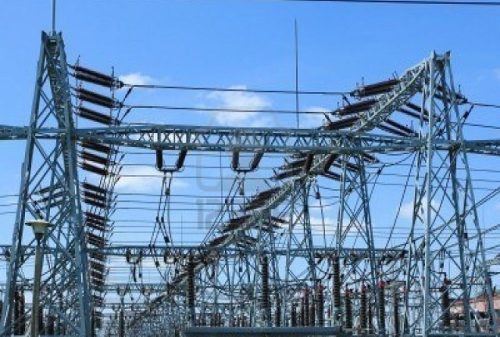
Source: Dare Olawin

Electricity Grid
Nearly a year after the Nigerian Federal Government promised to subsidize electricity for public hospitals and educational institutions, the much-needed relief remains unfulfilled. Public hospitals and universities continue to grapple with exorbitant electricity bills, prompting concerns from stakeholders and raising fresh questions about the government’s commitment to easing operational burdens in key sectors.
In August 2024, Minister of Power Adebayo Adelabu announced that the government would subsidize electricity for institutions under Band A, where tariffs had skyrocketed following the removal of subsidies. According to him, public health and education facilities would receive special intervention, with the government covering part of their bills while distribution companies (DisCos) collect a reduced amount.
Adelabu emphasized the plan was aimed at hospitals and universities—not private businesses operating within them. The former Minister of State for Health and Social Welfare, Dr. Tunji Alausa, also echoed this policy, stating that the Federal Executive Council had approved a 50% electricity subsidy for public hospitals.
But fast forward to July 2025, and no implementation has taken place.
Sources from several tertiary hospitals confirmed that the government has not paid any part of their electricity bills. Monthly costs have more than tripled, with some institutions reportedly paying over ₦300 million monthly—up from less than ₦100 million prior to the Band A migration.
Hospitals like the University College Hospital (UCH), Ibadan, and Lagos State University Teaching Hospital (LASUTH) have faced repeated disconnections over unpaid electricity bills. Similarly, the University of Lagos was disconnected by Eko DisCo last year, causing disruptions and protests from students.
Adeola Samuel-Ilori, the National Coordinator of the All Electricity Consumers Protection Forum, described the subsidy announcement as a “mere political statement.” According to him, the policy was never approved by the Federal Executive Council, nor was it backed by any implementation framework from the Nigerian Electricity Regulatory Commission (NERC).
Energy law expert and professor at the University of Lagos, Dayo Ayoade, added that while the subsidy plan was well-intended, it may not be sustainable or effectively targeted. He recommended that the government consider solar power solutions and other sustainable energy investments.
Instead of direct subsidies, the Federal Ministry of Power now appears to be promoting renewable energy as a long-term solution. Media aide to the power minister, Bolaji Tunji, revealed that the Rural Electrification Agency (REA) is implementing a solar electrification program in some institutions.
The University of Maiduguri and its teaching hospital have already received 12 megawatts of solar power, while others like the University of Calabar, Federal University of Agriculture Abeokuta, and the Nigerian Defence Academy are receiving between 1.5MW and 7MW.
This solar intervention falls under a Federal Government initiative aimed at powering 37 federal universities and seven affiliated teaching hospitals through captive off-grid systems.
Data shows the government may need to spend around ₦188.25 billion annually to subsidize power for 75 public tertiary hospitals and over 300 educational institutions. However, with Nigeria’s electricity subsidy cost ballooning past ₦500 billion in Q1 2025 alone, implementation of a targeted subsidy appears increasingly unlikely.
Instead, stakeholders are urging a clear, transparent policy direction—whether through direct subsidy, alternative energy investments, or cost-sharing models.